History of "ao dai" revealed in HCMC exhibit
The "ao dai" exhibit is organized along HCMC's Nguyen Hue pedestrian street to mark the 44th anniversary of the day Saigon-Gia Dinh was officially named after Ho Chi Minh. Dozens of outfits from the Ao Dai Museum are on display, depicting their historic development.
 |
|
"Ao tu than" (four-part dress) had been worn by Vietnamese women since the 11th century. |
"Ao tu than" (four-part dress) had been worn by Vietnamese women since the 11th century. According to fashion designer Si Hoang, "ao tu than" used to be made of brown fabric without buttons, women normally tying them up while working. Older women wore dark plastrons inside their "ao tu than", while the young opted for red or pink.
In the 19th century, ao nam than (five-part dress), create from two pieces of fabric, gained popularity. The four parts represent the parents of married couples, with the fifth symbolizing the wearer themselves.
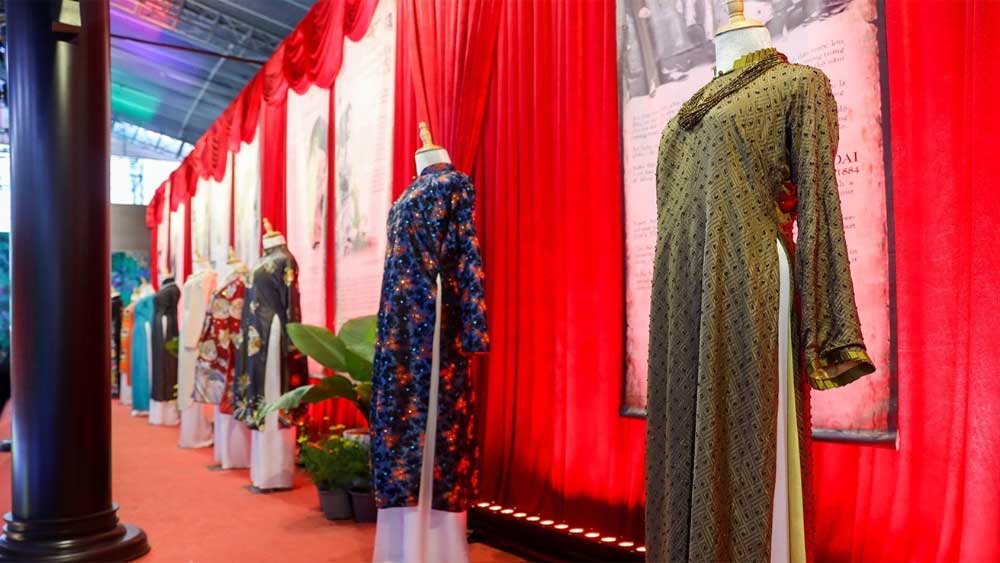 |
|
In the 19th century, ao nam than (five-part dress), create from two pieces of fabric, gained popularity. |
The outfit always had five buttons, representing Five Constant Virtues in Confucianism, including Kindness, Decorum, Uprightness, Wisdom and Faithfulness.
Northern women in the early 20th century usually wore "ao nam than" with buttons moved from the front to an opening along the shoulder and side seam in order to show their necklaces.
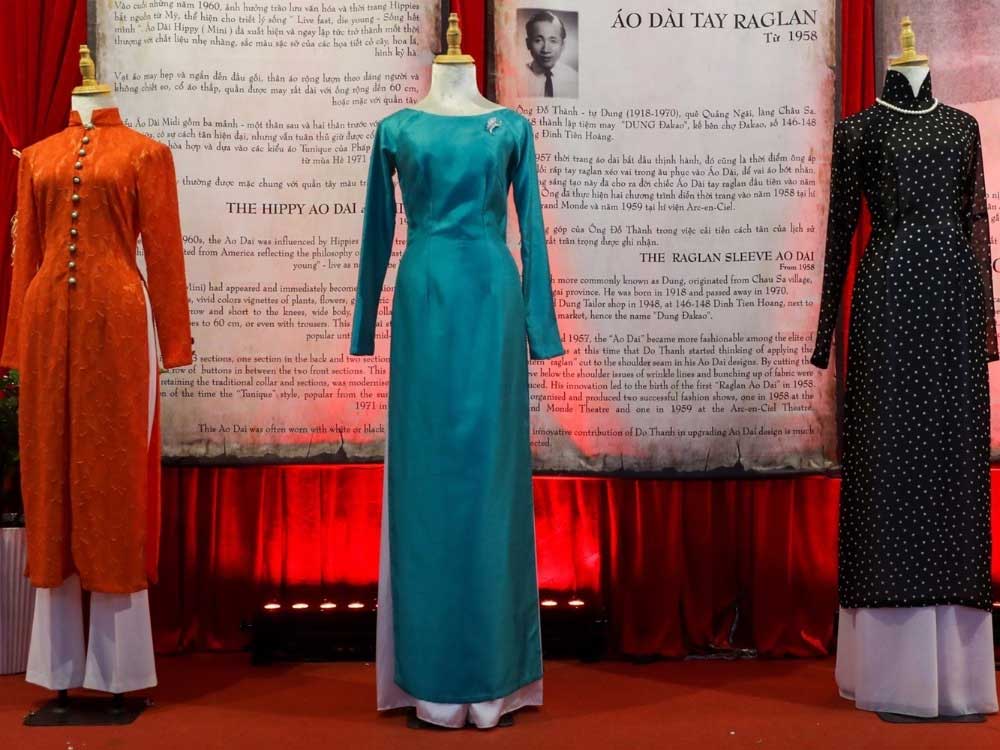 |
|
From right to left: high-collar "ao dai", "ao dai" with raglan sleeves and midi "ao dai". In the 1950s, the popularity of corsets made "ao dai chit eo" (ao dai with waspy waist) with high collars fashionable in showing off curves. In 1958, director Thai Truc Nha invented ao dai with boat necks, helping women show off their shoulders and feel more comfortable. |
In the 20th century, the Nguyen Dynasty, Vietnam's last feudal rulers (1802-1945), were strict when it came to wearing "ao dai" in the palace. All patterns, materials and designs were regulated carefully. As the dyed fabric could easily fade, "ao dai" at the palace were hung and put in wooden boxes with incense instead of being washed.
Renovated dresses depicting a host of styles and designs were created by artist Nguyen Cat Tuong in 1934. These new designs included collarless, puff shoulder, and short sleeve dresses.
In the same year, "ao dai" with raglan sleeves (a dress with raglan sleeves and a diagonal seam that runs from the collar to the underarm) made their debut.
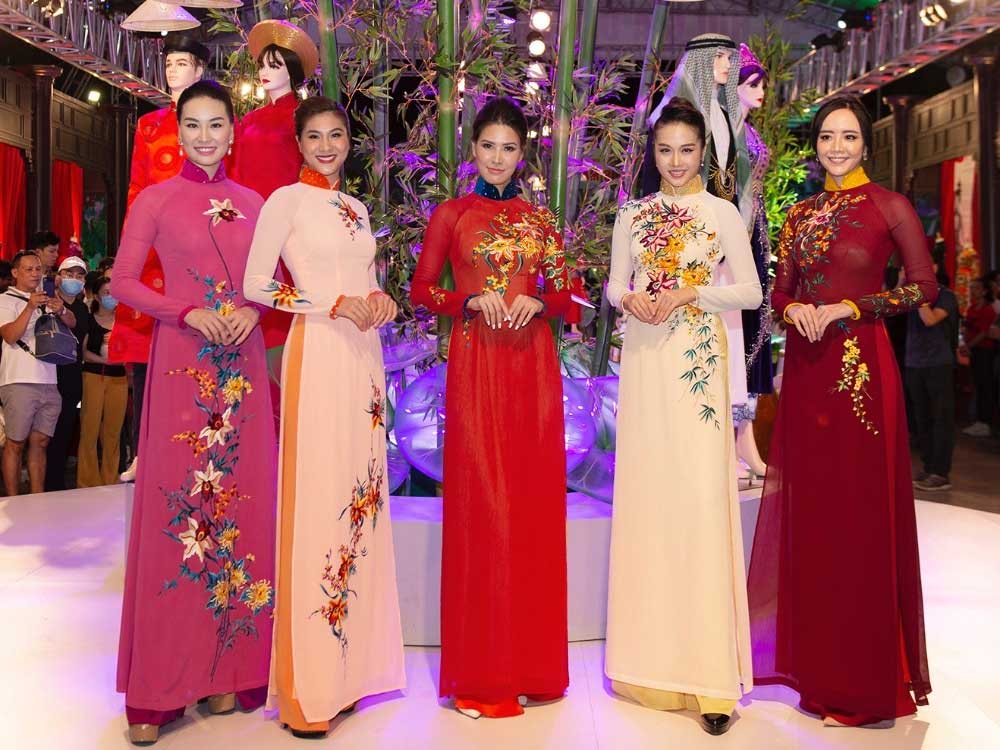 |
|
"Ao dai" designed by Vietnamese designer Thuan Viet were introduced at a fashion show on June 27, 2020. |
Midi "ao dai" consists of three pieces, two in the front and one behind.
In 1989, designer Si Hoang started combining art with the traditional outfits by introducing "ao dai" with hand-drawn patterns such as leaves, flowers, ancient patterns, etc. One year later, designer Minh Hanh took a step further by using brocade fabric on her "ao dai".
Source: VnExpress
 Bắc Ninh
Bắc Ninh





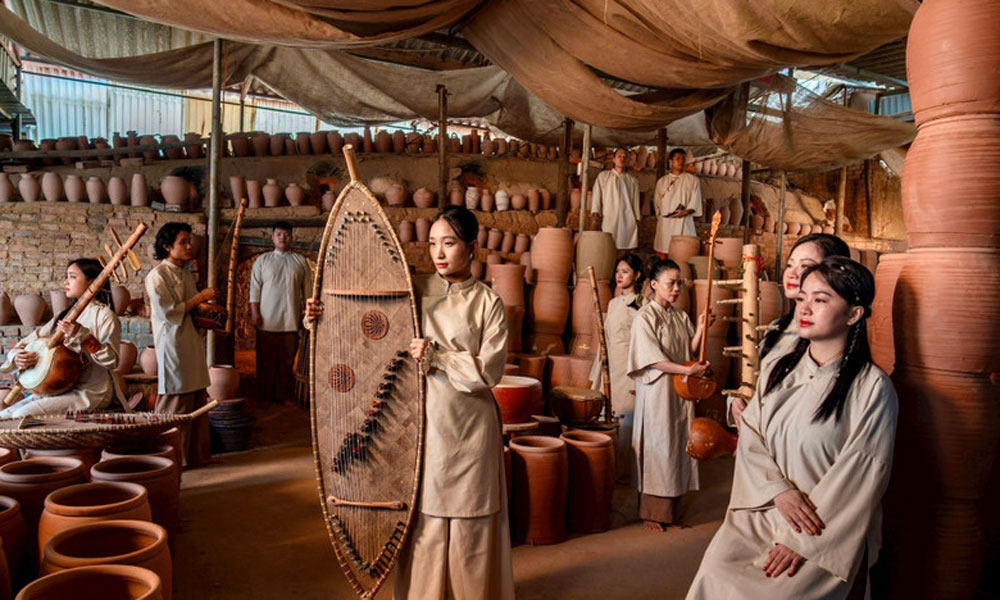

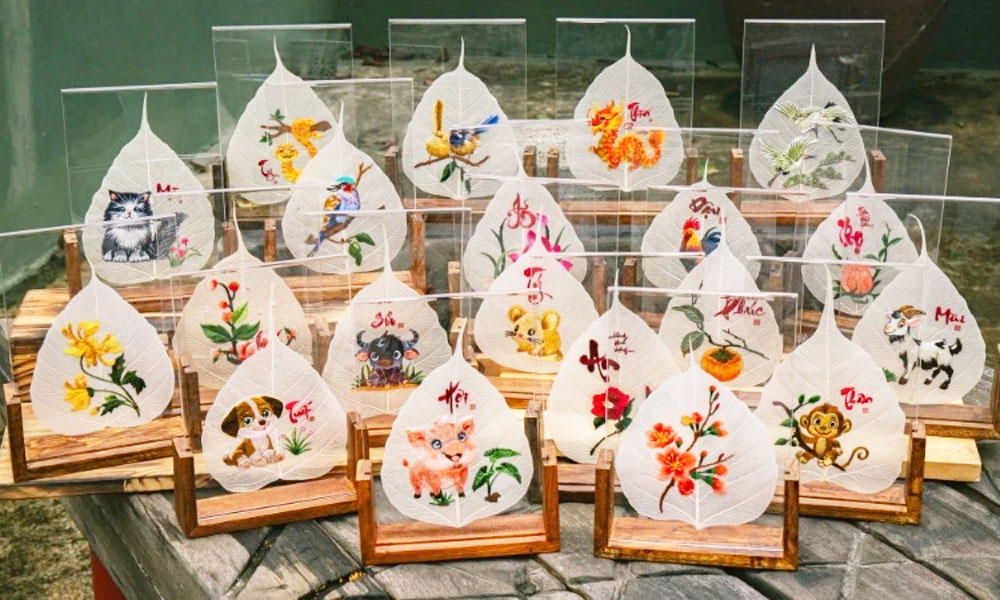


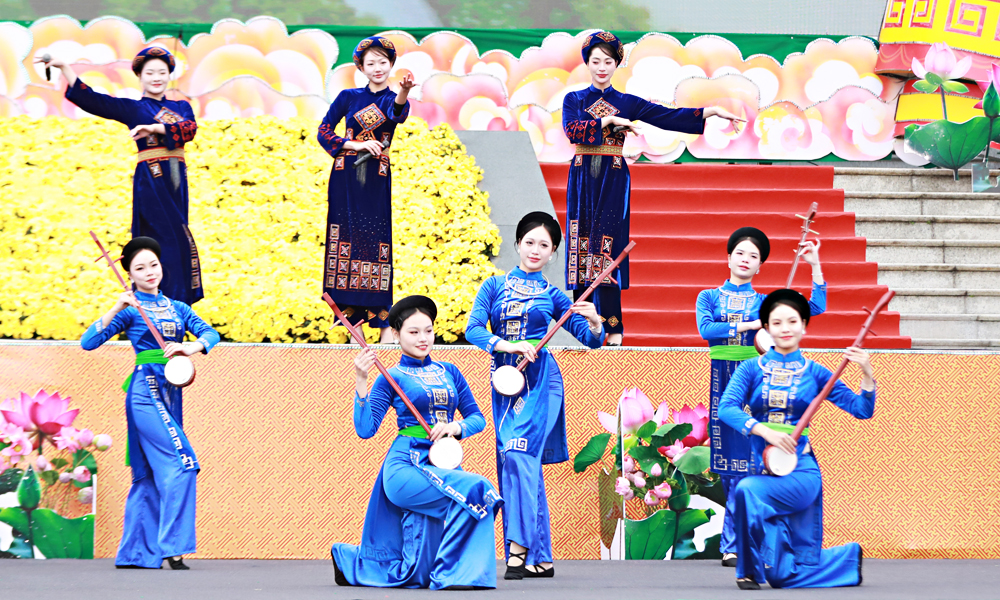
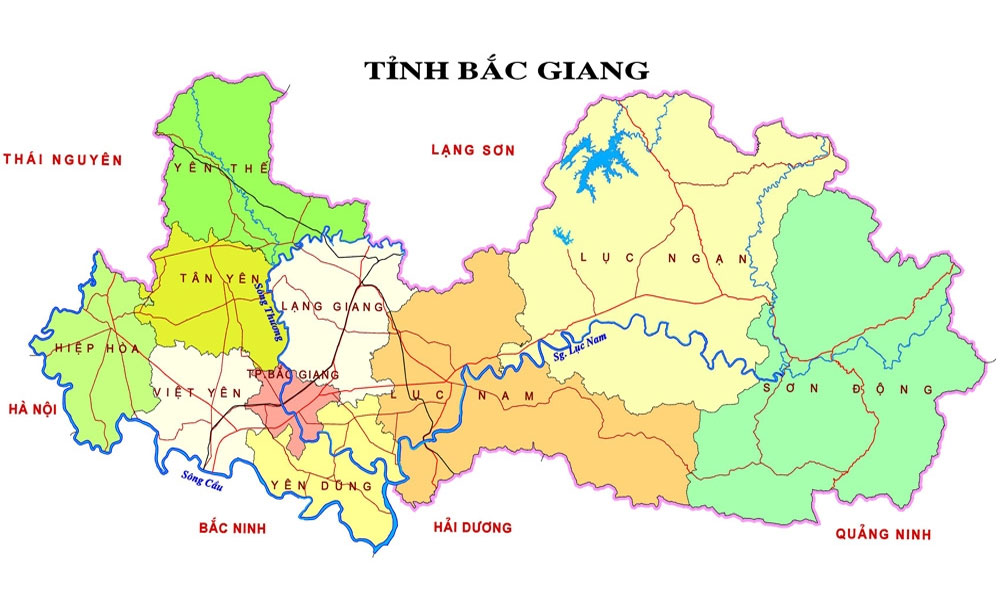



Reader's comments (0)